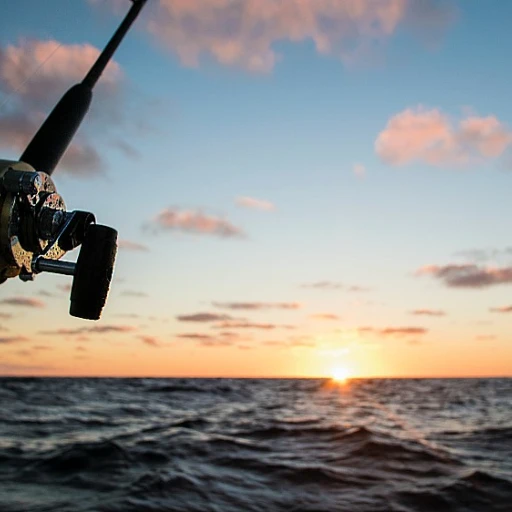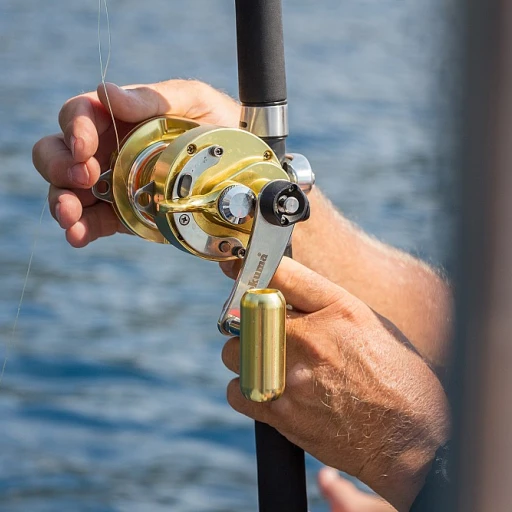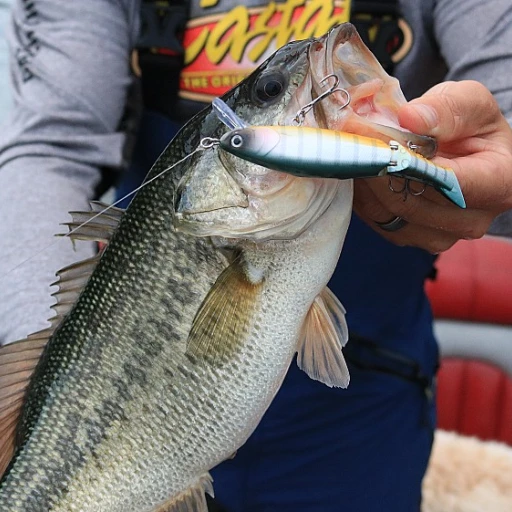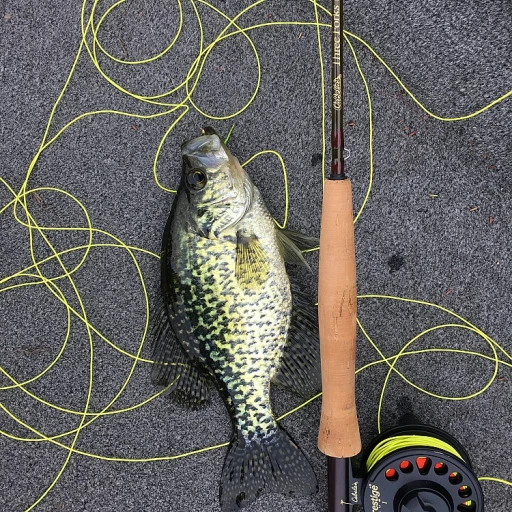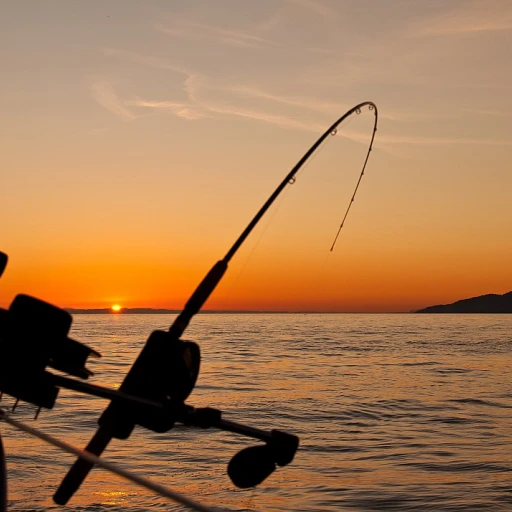Understanding Cinder Worms
Delving into the World of Cinder Worms
Cinder worms, scientifically known as alitta succinea, are a captivating component of the aquatic ecosystem that have piqued the curiosity of many sport fishermen. These small, intriguing creatures play a vital role not just in the marine food web, but also in the full spectrum of recreational fishing.
When you hear about the renowned "worm hatch," you are stepping into a world where the relationship between cinder worms and fish, especially striped bass, comes alive. During this event, which often aligns with a full moon in places like Rhode Island's salt ponds, cinder worms emerge in abundance. Their unique wriggling motion on the water surface becomes a bedtime story for fish such as stripers and bass.
The texture and color of these worms, often ranging from vibrant reds and olive to brown olive, play an essential role in their effectiveness as bait. Notably, their color size and quantity can influence their success as fishermen try to mimic them using synthetic worm flies in fly fishing. Fly tying enthusiasts replicate their unique color patterns, such as black, olive white, and even red, to grab the attention of these predator fish beneath the waves.
Understanding their importance is pivotal for integrating them effectively into your fly fishing strategies. Whether in fly tying or choosing the right equipment like a fluorocarbon tippet, knowing the original characteristics of these worms will influence your success rate. While their consistency in hatch time and overall presence in various waters may vary, learning more about these vital creatures is an investment in productive fishing outings.
The Role of Cinder Worms in the Ecosystem
The Integral Role in Aquatic Ecosystems
Cinder worms, specifically the species Alitta succinea, play a pivotal role in the aquatic ecosystems of places such as the salt ponds of Rhode Island. These worm hatches occur primarily during the full moon, a magical time when the water becomes alive with activity. As these small creatures swarm, they support a delicate balance within their environment. Cinder worms serve as a vital food source for fish like striped bass, better known to enthusiasts as stripers. When the worm hatches reach their full capacity, typically noticeable by the vast quantity of worms swimming about, the striped bass take advantage, feasting on what becomes an all-you-can-eat buffet. This activity also provides opportunities for anglers to participate in unique worm fly fishing experiences around the cinder worm hatches. Apart from their immediate role in the food chain, these worms also contribute to the cycling of nutrients within the water. As they burrow and move through the sediment, they help in breaking down organic matter, which in turn replenishes nutrients vital to the ecosystem. Changing conditions, such as water temperature and quality, can influence the size, color, and timing of cinder worm hatches. For example, a cooler body of water might see hatches dominated by brown olive or olive white colored worms, while warmer waters may bring out more vibrant reds and blacks. For more on how cinder worms fit into the broader angling world, exploring the world of float fishing offers additional insights into alternative techniques employed during these worm hatches.Cinder Worms as Bait: Why They Work
The Irresistible Appeal of Cinder Worms to Fish
When it comes to attracting fish like the coveted striped bass, the effectiveness of cinder worms is unmatched. These worms, known scientifically as alitta succinea, have caught the attention of anglers due to their remarkable success as bait during fly fishing. But what exactly makes these small, wriggly creatures so appealing to fish? First and foremost, it's the natural allure of their movement in the water. As the cinder worm wiggles, it mimics the behavior of live prey, enticing fish with its dynamic and enticing motion. This movement is even more captivating when adapted into a worm fly pattern that accurately replicates the real thing in both appearance and movement. Then there's the aspect of "color size" and "color olive." Cinder worms come in a variety of hues that range from black and white to brown olive, with some exhibiting vibrant red and olive tones. These color variations can be highly effective at different times during a worm hatch, especially around the full moon phases when the worms are most active in salt ponds across Rhode Island and beyond. Another appealing feature is the worms' "size quantity," as cinder worms vary in size. Fish have individual preferences, much like us, and the ability to offer a selection of worm sizes can make a significant difference in your fishing success. Moreover, incorporating a "fluorocarbon tippet" when using cinder worms can also enhance their natural presentation in the water. This nearly invisible fishing line allows the worm fly to appear untethered, increasing its resemblance to a live worm. Particularly when fishing for species like stripers or bass in the tranquil waters during a worm hatch, a natural presentation can be the key to a successful catch. In the realm of pricing, the "price size" of using cinder worms is often more economical compared to other fly fishing baits. Their abundance and effectiveness make them a go-to choice for anglers aiming to optimize their fishing experience without stretching their budget. In current markets, finding these worms is relatively easy, provided you know where and when to look, a topic covered elsewhere in this exploration.Techniques for Using Cinder Worms in Fishing
Mastering the Techniques for Successful Cinder Worm Fishing
Using cinder worms as bait can be both rewarding and challenging, but with the right techniques, you can significantly improve your catch rate. Here, we delve into some effective methods for making the most of these original and versatile worms.- Matching the Hatch: During worm hatches, particularly in salt ponds in Rhode Island, it's crucial to match the worm fly size, color, and behavior to the real cinder worms in the water. Focus on replicating the colors like red, black, and olive using fly tying techniques. This helps mimic the natural prey, making it irresistible to fish like stripers and bass.
- Time Your Fishing: Cinder worm hatches often occur around the full moon, providing perfect opportunities for fishing. Plan your fishing trips accordingly to maximize your chance of success. The period just before and after the full moon is known for increased fish activity around worm hatches.
- Employing a Suitable Tippet: Using a fluorocarbon tippet is recommended when presenting your worm fly. Its transparent property in the water makes it less visible to fish, increasing the likelihood of a bite. Coupled with your color choice of olive white or brown olive, this strategy is particularly effective for striped bass.
- Use of Light Tackle: This technique is advantageous when targeting species sensitive to water disturbances, such as the striped bass. A lighter setup prevents splash, allowing you to cast your worm fly subtly, avoiding alarming your target fish.
Challenges in Finding Cinder Worms
Hurdles in Locating Cinder Worms
Finding cinder worms can be a complex task, primarily due to their unique life cycle and specific habitat requirements. Typically found in salt ponds along the coastlines of Rhode Island, these worms become particularly active during the full moon when a natural phenomenon known as the worm hatch occurs. However, locating cinder worms can be challenging due to several factors:- Seasonal Availability: Cinder worm hatches are predominantly seasonal, coinciding with warmer months and specific lunar cycles. This makes timing crucial for anglers relying on these worms as bait.
- Natural Habitat: These worms thrive in specific conditions in salt ponds, where factors such as water depth, temperature, and salinity play a crucial role in their availability.
- Color and Size Variability: Cinder worms exhibit variations in color and size, such as black, red, white, and the less common brown olive. This variability can make it difficult to predict when and where a particular hatch may occur that matches the preferred bait profile of target fish like stripers or bass.


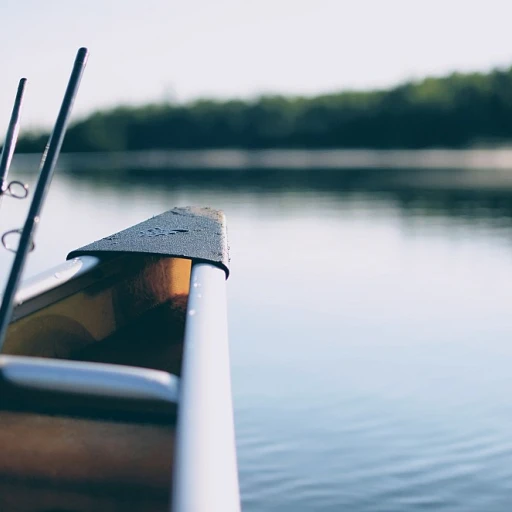
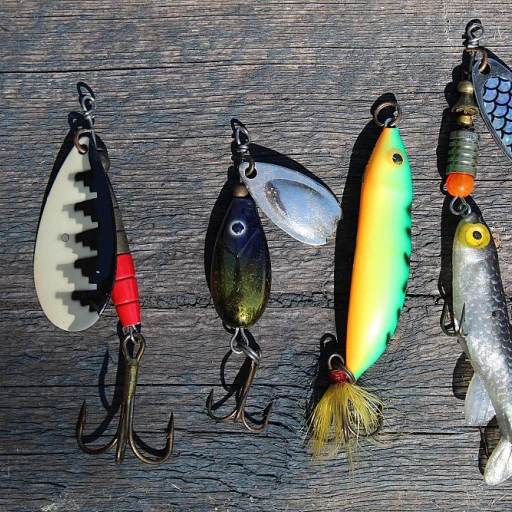
-large-teaser.webp)
-large-teaser.webp)

-large-teaser.webp)
